

This early German Baroque work is composed in what is known as the “sepolcro” tradition, which appears to be a cross between a Passion Play

George Antheil’s importance as an American symphonist becomes even more apparent with this second installment in CPO’s complete cycle. The CD booklet essay takes great
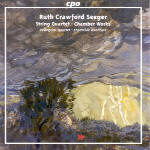
Ruth Crawford Seeger hit her creative stride in the late 1920s/early 1930s. The four Diaphonic Suites are essentially exercises in dissonant counterpoint, either real or
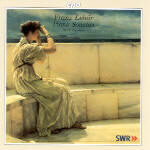
Franz Lehár wrote piano music? About as likely, one might think, as Chopin authoring a Requiem Mass! In fact the future operetta master composed two
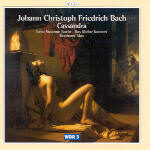
Johann Christoph Friedrich Bach is one of the lesser known of Johann’s boys. He had a good job that tended to keep him in one
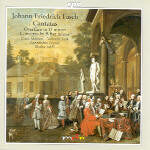
The Overture in D minor is one of Fasch’s many overture-suites, yet not one of his more outstanding ones. The melodies are pretty much run-of-the-mill
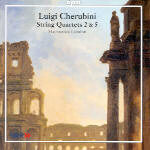
Luigi Cherubini’s String Quartet No. 2 (1829) actually was a new version of his 1815 Symphony in D which, after its unsuccessful premiere, remained unplayed
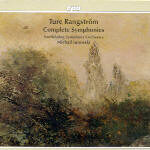
Swedish composer Ture Rangström (1884–1947), a contemporary of Sibelius and Nielsen, was largely self-taught and defiantly independent in his approach to symphonic composition. Though well
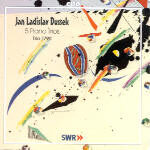
Though born in Bohemia, Jan Ladislav Dussek became quite an international musician, living in Paris, then London. He was forced to leave the latter city,
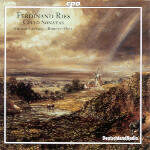
This is a rather exuberant collection of cello sonatas by Ferdinand Ries (1784-1838), a student of Beethoven and, along with Beethoven, an innovator of the
![]()
